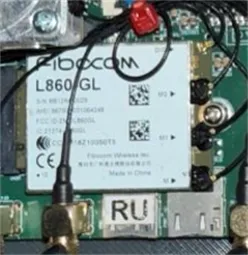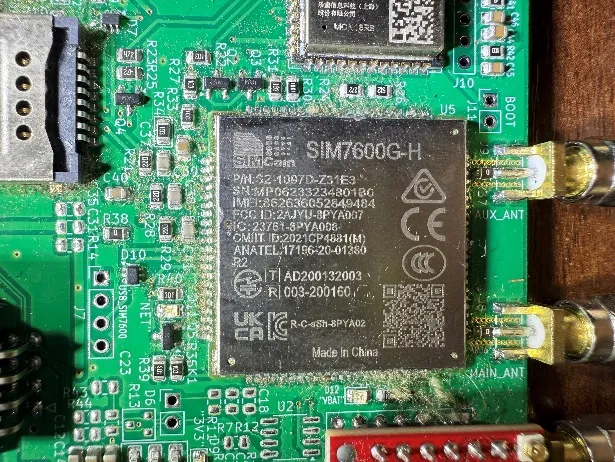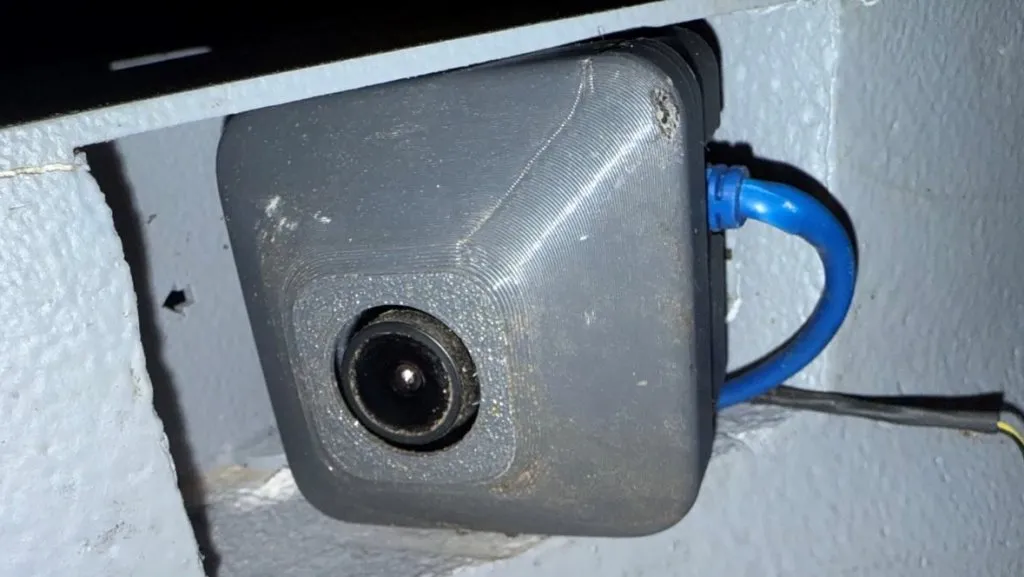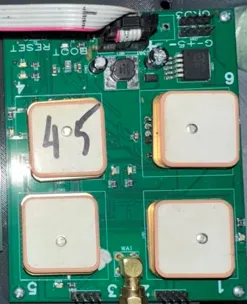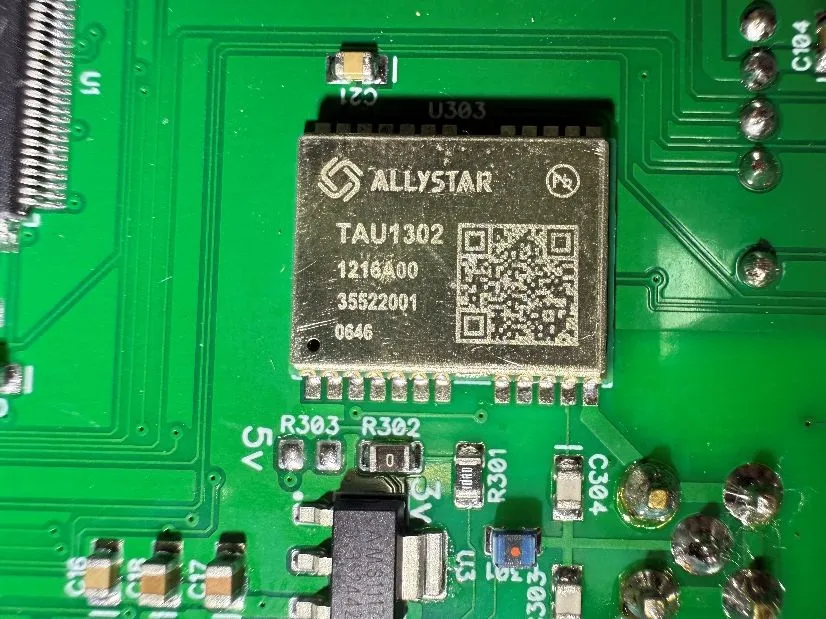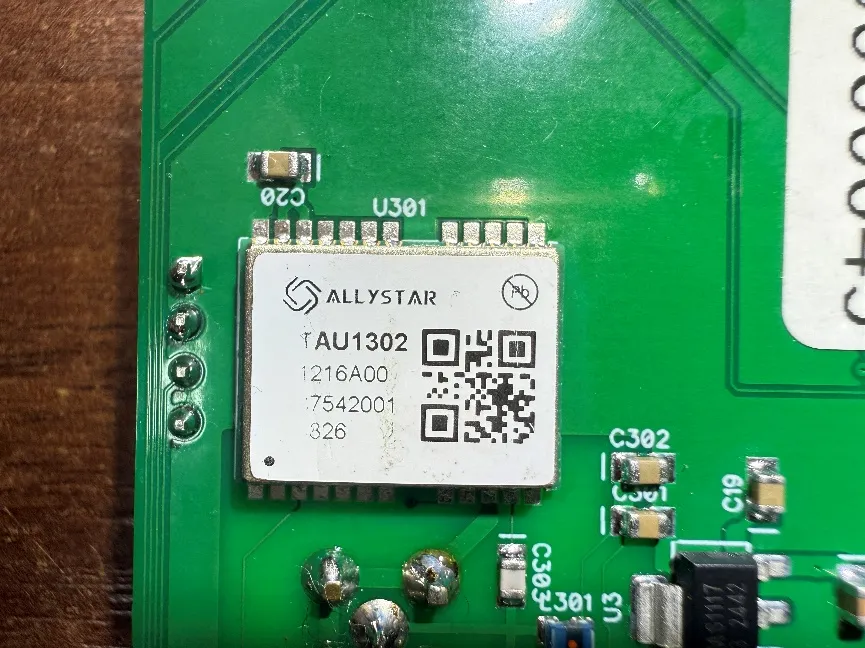The Defence Intelligence of Ukraine has published a 3D model and detailed specifications of a new russian UAV in the "Weapons Components" section of the War & Sanctions portal. russia is actively deploying the UAV across multiple front-line sectors.
The drone can be used for reconnaissance, precision strikes, or as a decoy to overload Ukrainian air defense systems.
This modification is equipped with a camera and two LTE modems, enabling real-time or recorded video transmission via mobile base stations and the ability to receive operator commands for course adjustments.
In its strike configuration, the camera (with an adjustable viewing angle) and remote-control features allow the operator to guide the drone directly to its target in FPV mode.
Structurally, the UAV features a delta-wing fuselage, similar in design to the Shahed-131 ("geran-1"), but slightly smaller. Navigation is handled by a jam-resistant satellite positioning system using four patch antennas and Chinese-made Allystar modules.
Nearly half of the UAV's components, including communication modules, the onboard mini-computer, power regulator, and quartz oscillator, are manufactured in China.
The drone is powered by a DLE engine mounted at the nose, which visually and functionally resembles the "Italmas" loitering munition developed by russia's ZALA Group.
The UAV incorporates 19 Chinese components, 15 U.S.-made microchips, three Swiss STMicroelectronics microcontrollers, a TDK gyroscope-accelerometer from Japan, and a Taiwanese Ethernet controller and capacitor.
